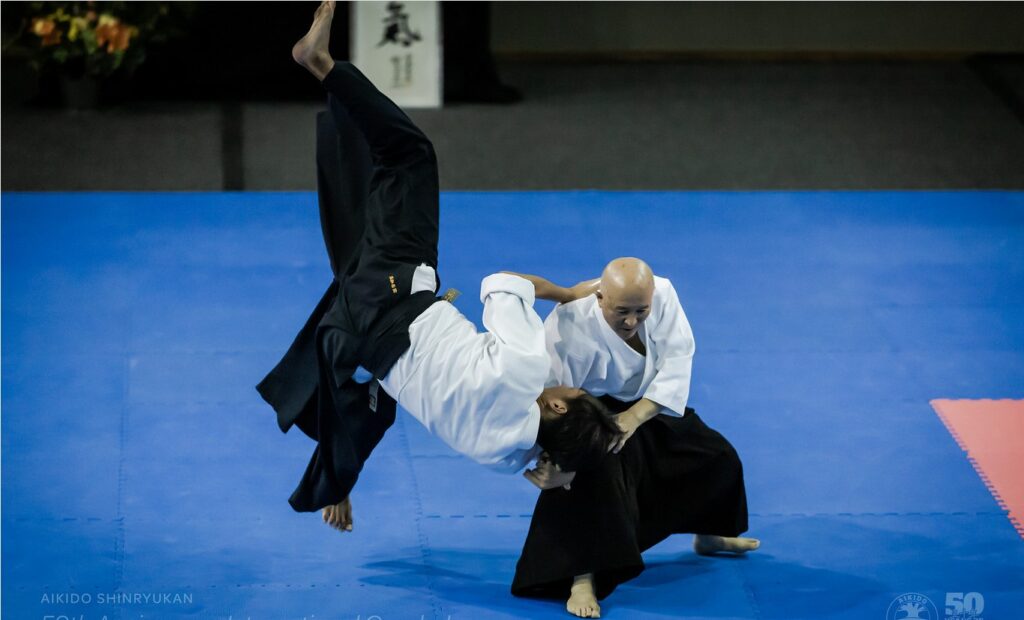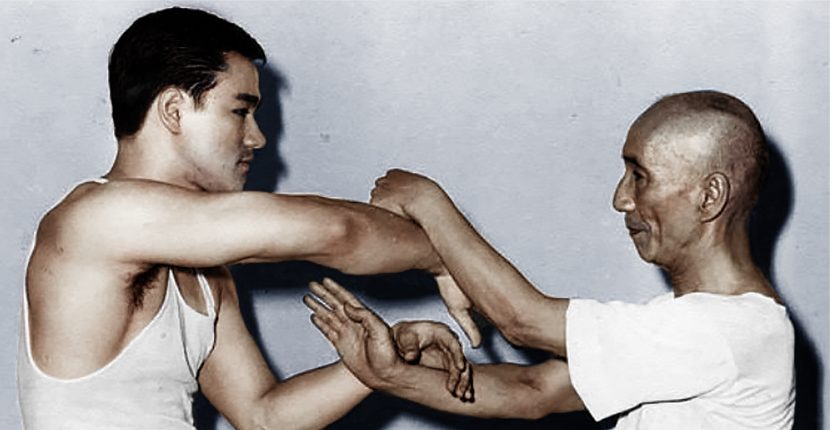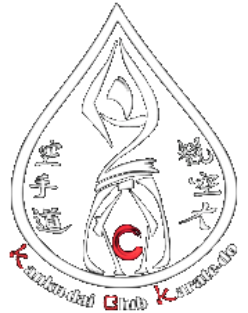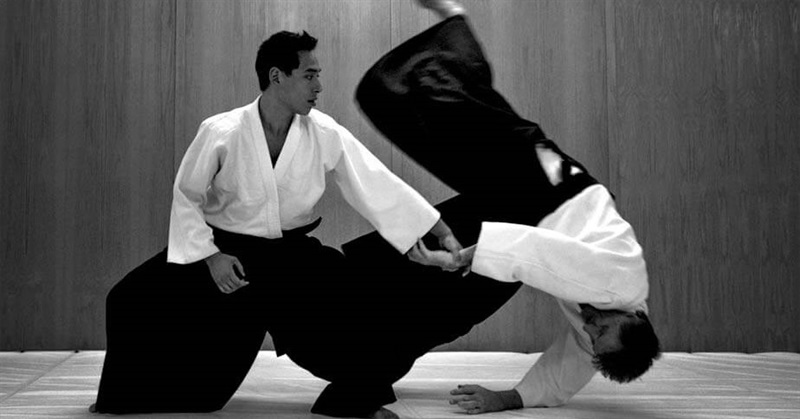Unlike other martial arts (as judo, aikido or kendo), karate-do can be practiced in perfect loneliness.
Of course, for us karate is something pleasant, and pleasant things should be done (at least) in couple, thus today we talk about Uke!
Who’s that?! A Japanese grand-master?? Or a character from some anime?
Well… no. Uke (it is written 受け, u-ke) means: “popularity, favor”, but also “defense”, “agreement”, or even “receiver”. And it is this last meaning which is used in the martial arts’ world: “the one who receives [the technique]”.
Uke, then, is not a person but rather a role you play during practice, in opposition to Tori (the other one, it’s written: 取り).
Can you recall that moment when your sensei explains a technique, maybe showing its effectiveness on a poor victim who finds himself thudding to the ground, without any idea about what happened? There you are: Uke is the one flipped.

But is it for real?
Well… no. Uke is much more than a punching ball, a dummy to vent your frustration on, maybe due to a bad day. Not even close! If Tori is (literally) the active part of a technique, Uke is the person who makes us able to “fine-tuning” our karate.
I’ll explain.
During his/her training, a karateka (or rather, any conscientious martial artists) learns how to “feel” his own body, to finely develop his proprioception, the sense of yourself, that is to understand what muscles are required for a certain movement and what are not. All of it from a perspective of “efficiency”, the more important the older you get, because… energies are not the same as before.

Such a work of self-knowledge, anyway, cannot be done completely alone, because you’ll miss a proper feedback. I mean, I’ll never punch a concrete wall just to know how strong I am (if anything, I’d hit a punchbag): I won’t have any quantitative idea about the actual efficacy. Uke can help in this.
In judo (or aikido), this is self-evident since the beginning: when Uke grasps Tori with a grip or a blockage, Tori must find the best way to get free. He/she knows that opposing strength to strength is pointless (a good sensei should keep on saying: «Use your opponent’s strength, not yours»), but actually coping with it, well, it is a horse of a different color.
Such as water in a stream always flows down the way with less resistance, so, thanks to Uke, Tori can explore “all the ways” and find the best one; the one with less resistance.
Uke is the one who, when he/she hits your abs, helps you to make the sense of what taking a blow means. Please remember that he/she does it without malice (I hope so!); it helps you to get… conditioned.
Uke is the one who makes you understand which is the correct distance for a technique; helps you to evaluate your reaction timing; helps you to experience the fear of pain (because any of us, in front of an attack, are scared to get hurt if we don’t properly block), and thus to catalyze that fear to turn it into self-confidence.
Uke is the one who pushes you to proceed a bit beyond your limits, only to find out that it is possible and that’s the way people improve; Uke “irradiates” that “energy” that a martial artist can feel in other people.
Uke is a metronome and also a gauge.

When practice begins, we greet Uke with the phrasal お願い します (o-nega-i shi-ma-su, “please”), which has a “core meaning” such as: “I trust [in you]”. Exactly to remember how much we are grateful.
That’s why Uke has got a fundamental role in the technical growth of any practitioners. Fundamental things ought to be done together!

